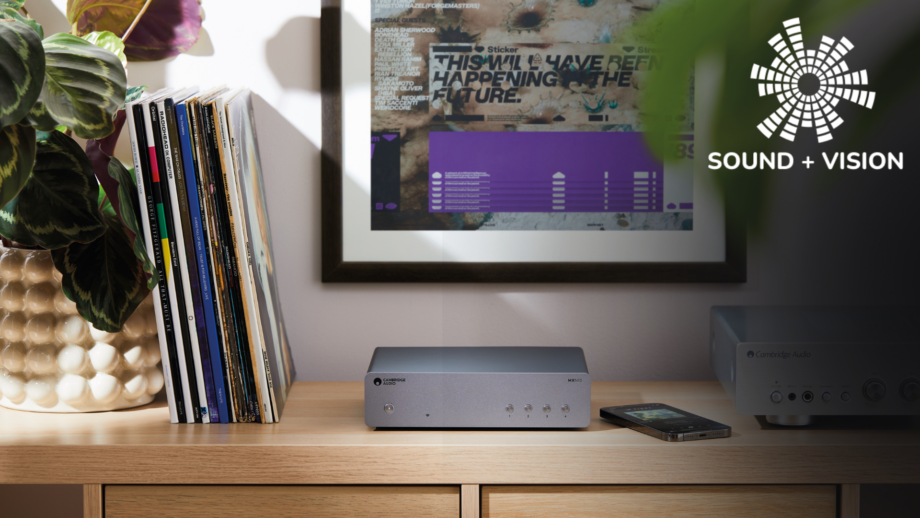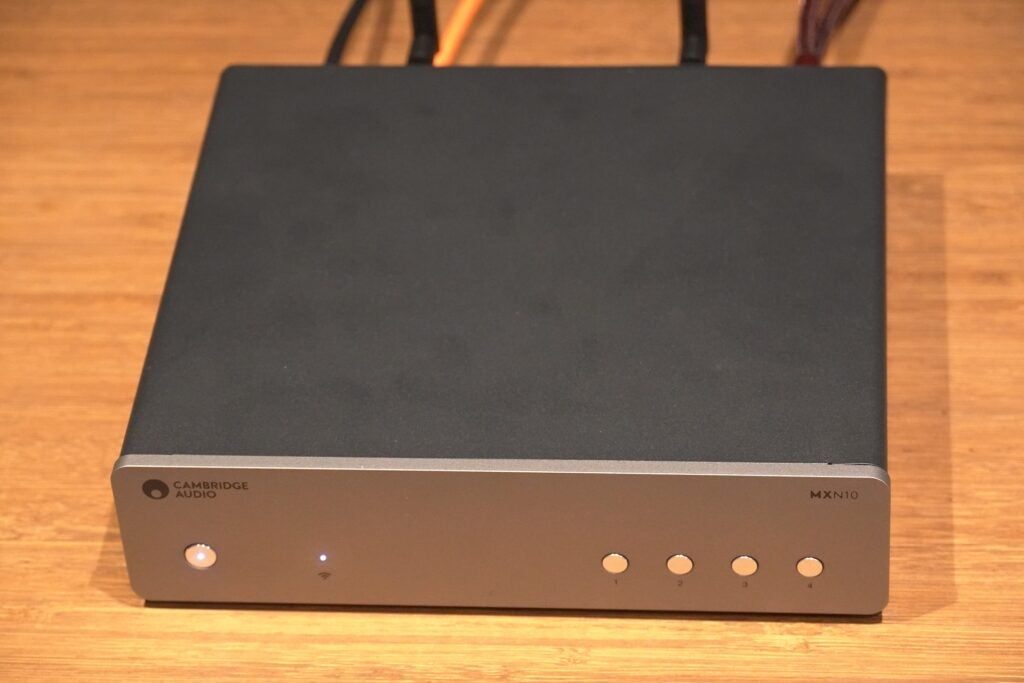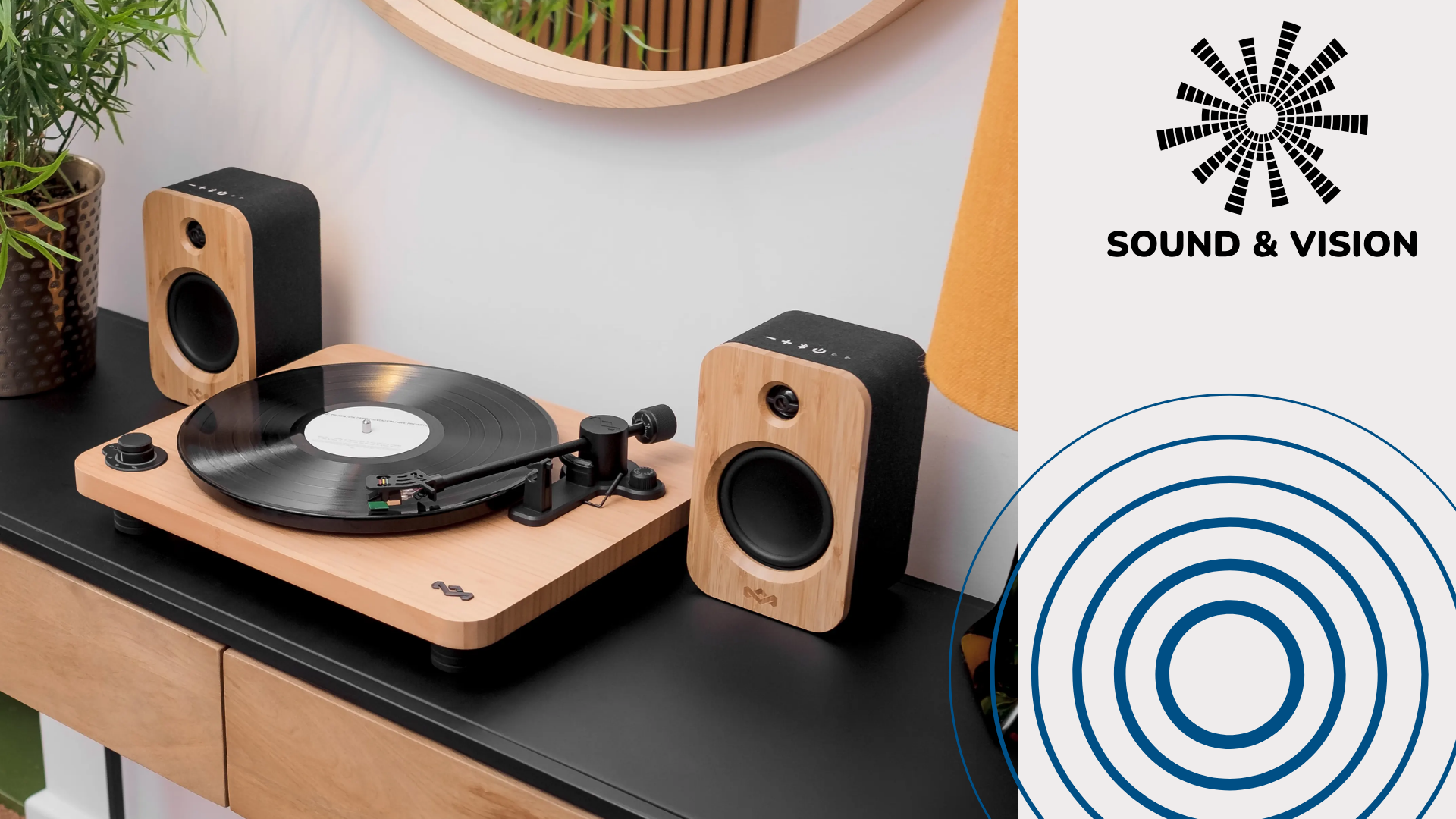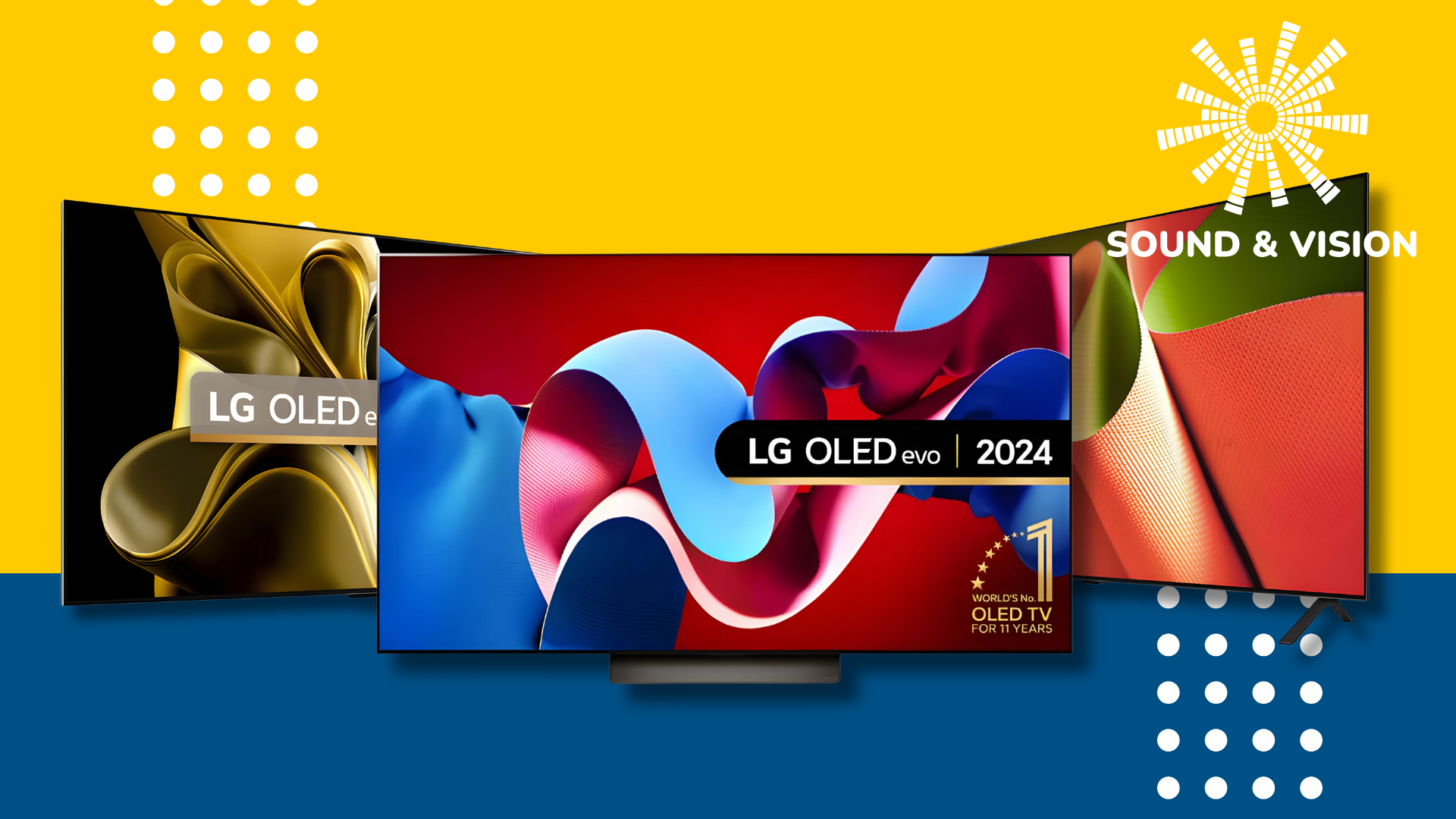Sound and Vision: Hi-fi is getting a new lease of life thanks to Wi-Fi

OPINION: You may have noticed Cambridge Audio expanded its line-up of StreamMagic devices with the AXN10 and MXN10 network players, and the announcement functions as another brick in the digital streaming wall that the hi-fi industry is building.
It caught my eye because, like London buses, it’s the second product announcement in the last few months that’s looked to upgrade older non-streaming kit following the Audio Pro Link2 late last year.
These products see a further acceleration in the direction of travel towards streaming, a future that’s effectively become our present, though traditional hi-fi is still attempting to delay embracing such a future as it still releases products like Denon’s DCD-1700NE CD player. Given the cost of that product however – £1299 / €1499 / $1499 – that’s appealing only to experienced, die-hard hi-fi users rather than those making their way into the hi-fi market for the first time.
While sources like CD players and turntables will continue to be made; fewer CD players or transports will be produced and I believe we’ll see more hybrid turntables that can play and stream records such as Cambridge Audio’s Alva TT series and Victrola’s Stream Onyx, which are enjoying increased popularity because of the convenience they offer.

You could view these network players as a play for sustainability, elongating these products’ life cycles into the digital age but hi-fi is built to last and unless it breaks down or you feel you’re in need of a replacement, they’re not products you change as often as your smartphone. These network players represent a change in habits and a move towards making the once daunting hi-fi market more accessible to younger people or those who want to make the process of playing music in their home effectively a one-tap experience, and it all stems from having a smartphone that can pretty much connect to any wireless device in your home.
I’ve mentioned before how hi-fi, and proper hi-fi at that, seems to be struggling to reach newer, younger audiences; the type of audience that seems content to listening to Taylor Swift’s latest album on the Spotify Free tier through their AirPods. There’s not that much upward movement towards ‘proper’ hi-fi, which is partly the industry’s own fault as it can come across as stuffy, technically orientated and rather middle-aged in approach. It’s also, perhaps, down to us not listening to music as much in the home and listening in other spaces, whether that’s on the go, at the gym or somewhere else thanks to the transformative qualities of smartphones.
So network players can help in that instance, in making hi-fi simpler and more accessible by adding features such as casting, AirPlay and Spotify Connect to fling music to a hi-fi system. It can also make it easier to hand down old hi-fi to a newer generation to help them experience hi-fi for the first time just by adding one box.
So while CD, vinyl and even cassette tapes have each enjoyed a resurgence in the last decade or so, how long can that last and will they ever really become mainstream again or just a niche and retro part of the industry for collectors? While streaming doesn’t seem to make money for anyone if you look at Spotify’s recent financial results, there’s no doubting it will be further embraced by hi-fi brands moving away from more traditional means of listening.
There’s a new generation reared on smartphones and those people are used to having access to enormous music libraries, something that wasn’t the case twenty years ago even if you walked into a (physical) music store. There’s no way back from this current position, only forwards, and it’ll be interesting to see how devices like network players play their part in expanding the hi-fi audience.








